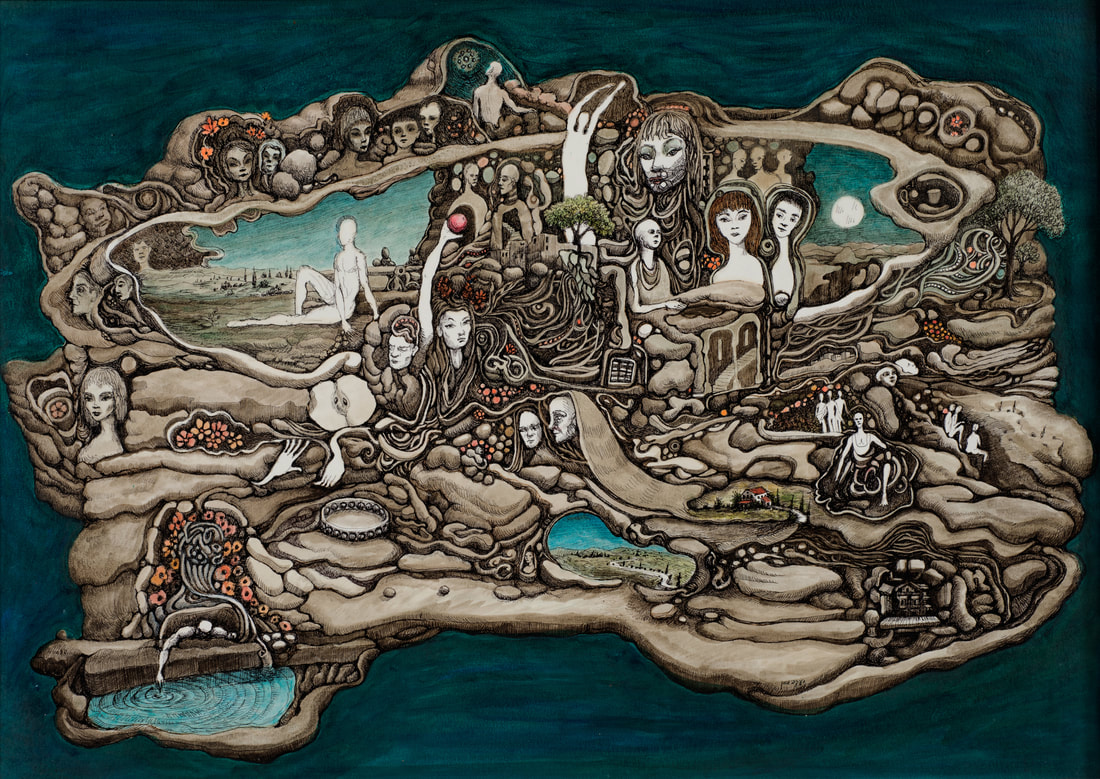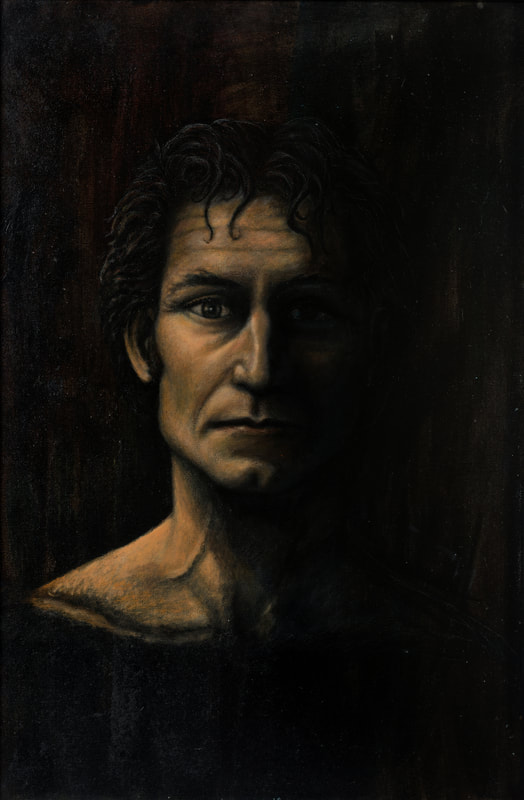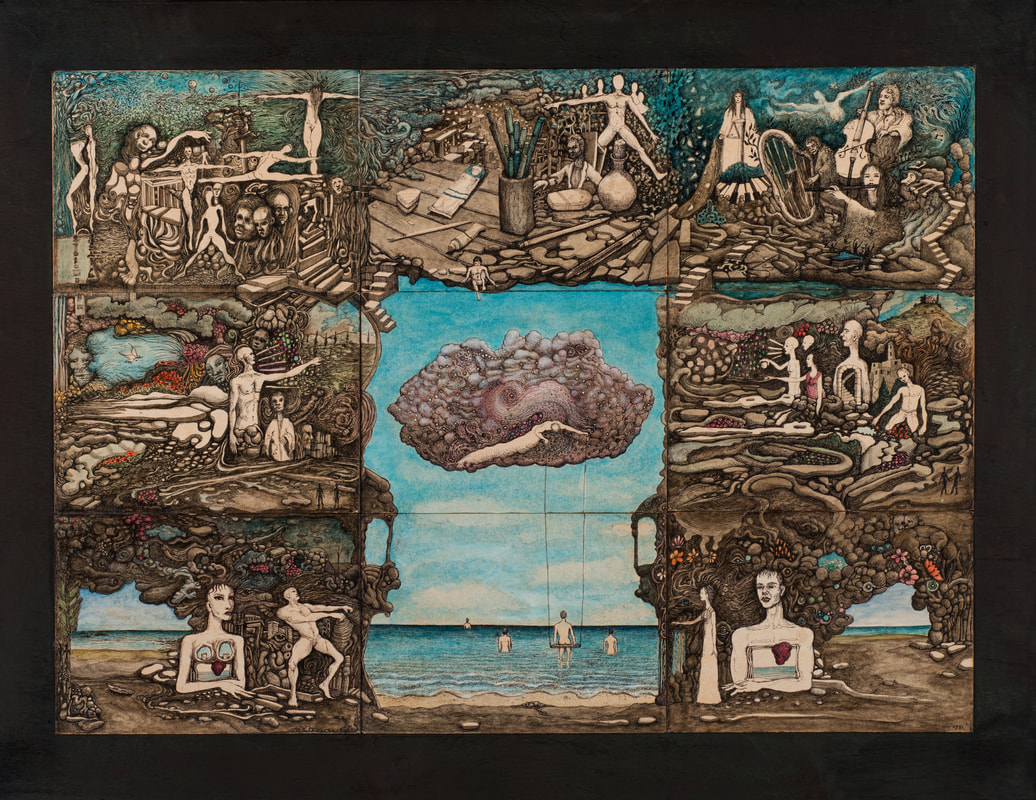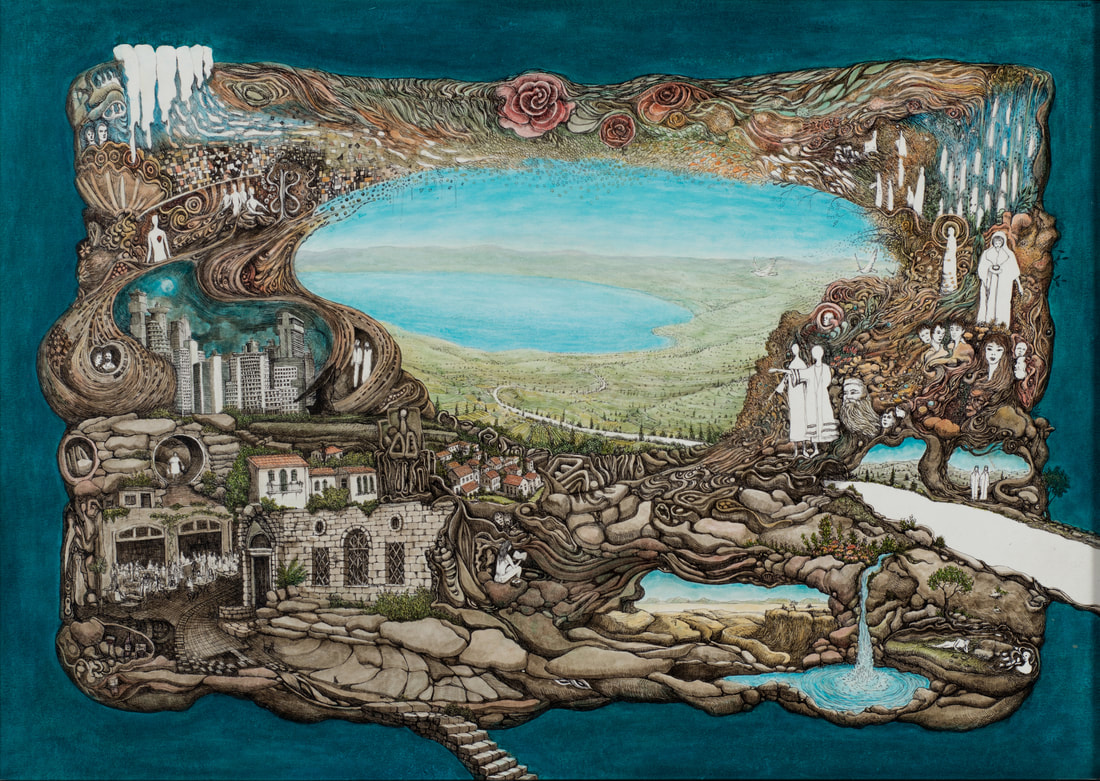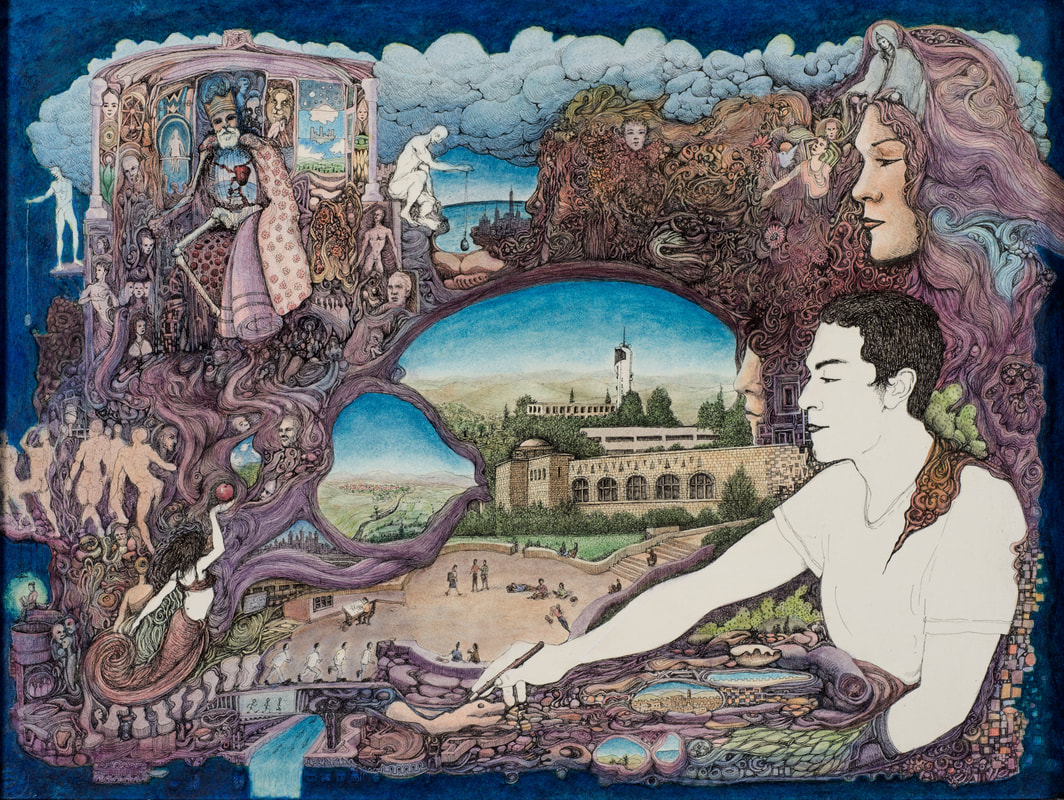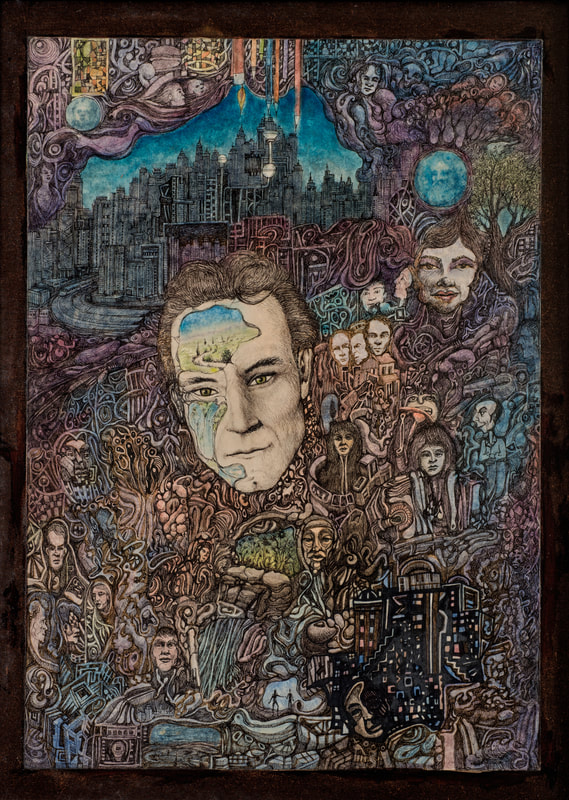|
KOBI MAMAN USES THE BINARY SYSTEM AS A REFERENCE FOR COMPOSITION
CARMEN HUST | ARTICULATE #18 | JANUAR 2019 Kobi Maman (1964) is an Israeli intuitive painter, who since his childhood felt the necessity to create. Maman’s preferred media is oil-based colors, as he finds oils subtle with qualities that allows him to paint things that are beyond life-like, built layer by layer. “Oils are organic and painted on organic materials – This combination keep you connected to the life you’re drawing”, Maman adds. Additional Kobi Maman also uses ink in his work when defining the details. To him, ink is stark, like carving out the shapes and contours. Often, Maman’s combining the two materials, softening the ink when passing it with oil. The ink soaks into the oil, while the oil’s quenching the ink.
|
Some of Kobi Mamans works are carefully planned and prepared, while others emerge entirely naturally in front of the canvas or any other media chosen. However, most of his work contains a bit of both approaches. When an idea come to Maman, the idea will evolve and change as he’s painting. Guided by his intuition the right composition emerges.
The subjects Maman choses from an emotional connection – a soul-link, as he’s stating – to the given idea. The intimate relationship to the subject is essential, to Maman. However, he distinguishes between the intimate relationships between humans, nature and still-life. With human subjects, Maman gets to know the character (as if the idea was a person in flesh and blood). When he has an emotional connection with a visual idea or vision, he gets to know it as he paints and become familiar with it until it becomes part of him. A process that requires inner-reflection. When he paints still-life or nature, he can paint more freely, as he can conjure these subjects from within.
To Kobi Maman, the key element in creating a good composition are oppositions, as opposites create contrast, and interest. Maman looks to have one and then the other side of a subject, side by side to show them both better than when portrayed each on their own. A good composition must carry both of these binary opposites, without choosing one over the other, or letting one overrule the other. The composition should make the opposites live together and co-exist. |
The work of Kobi Maman is influenced, alike his definition of a good composition, by opposition. On the one hand, he’s inspired by the works of the old masters, especially Da Vinci and Michelangelo. To him, their works show the divine, beyond humanity and human emotion, the true essence of a concept. A realness that can only come from faith and what lies beyond the mortal limitations of humanity. On the other (and as a contrast to divinity), Maman is inspired by the impressionists, like Manet and Van Gogh.
To him, their work describes the true human world through their vision and emotions. Additionally, Maman is also drawn to the so-called “primitive” art from around the world. The traditional and religious art, like the Egyptian mural paintings which inspired the simulation of figures, and the art of his own Jewish tradition such as Torah inscriptions (ink on leather) and the biblical descriptions of the supernatural.
This article about KOBI MAMAN takes part of ARTICULATE #18. Read, download or order your print version of the full publication below
|
SUPPORTARTICULATE
www.articulate.nu SUPPORT Monday - Friday 8:00 - 16:00 [email protected] +45 30 48 19 81 Head Quarters VAT DK40953191 |
|

